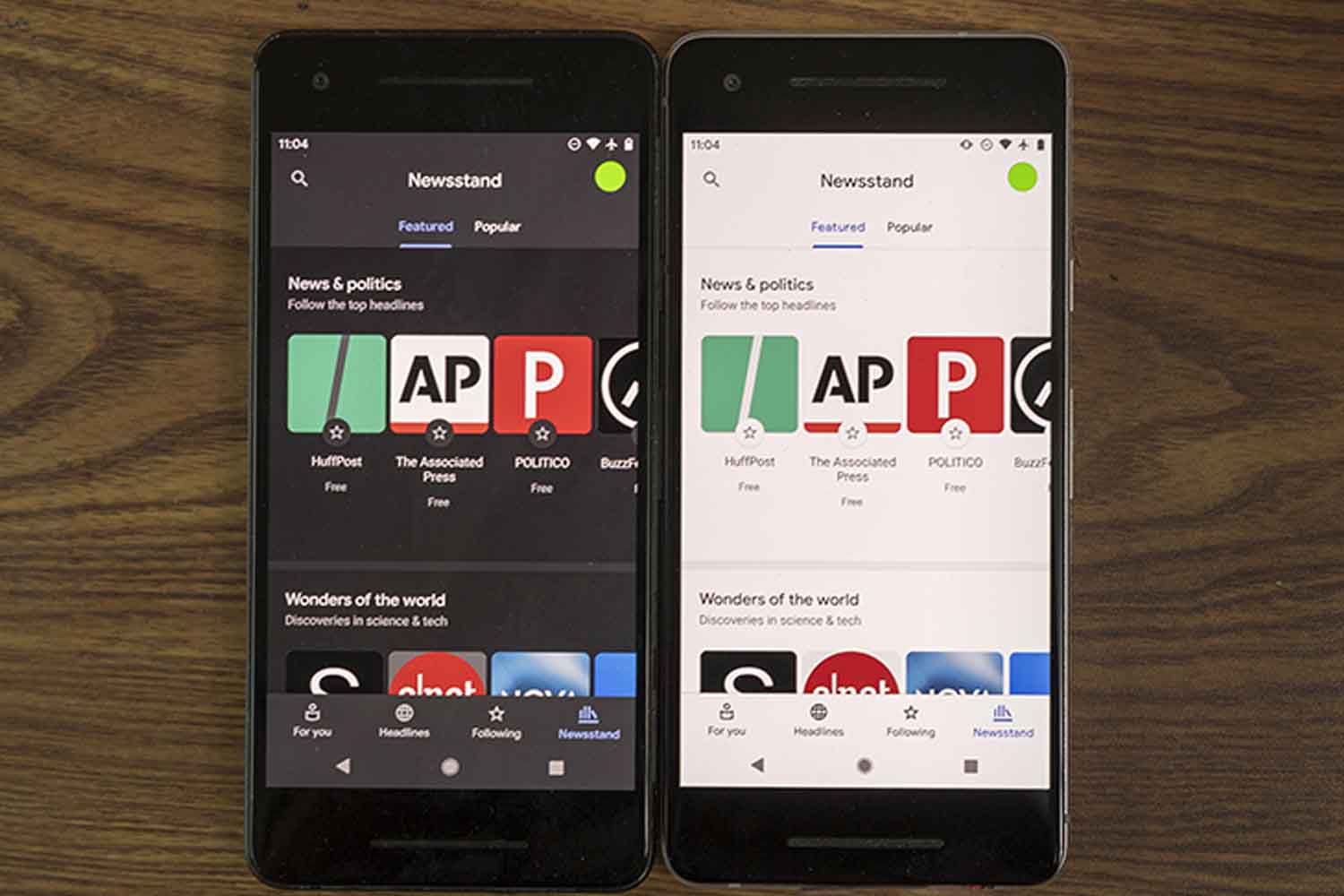Does Dark Mode Really Help Save Battery Power? A Purdue University Study Reveals the Feature's Real Energy Savings and Environmental Impact

©Purdue University
Dark Mode has exploded in popularity over the last few years—not just because it is fashionable, but also due to its potential to benefit the world. In 2021, a study at Purdue University found that when used on OLED screens, Dark Mode can lead to staggering energy usage decreases. This also serves to minimize environmental impact. Let’s break the findings down and examine how supporting Dark Mode could be a small but meaningful step towards a sustainable future.
Dark mode and battery life: what can you really save?
Dark Mode is all over smartphones, laptops, and apps nowadays, but its best-studied benefit is in its impact on battery life. Energy savings hinge mostly on screen brightness, Purdue’s numbers tell us
- At 30% to 50% brightness, savings were between 3% and 9%.
- At the highest brightness level (100%), it jumped up to as much as 39% to 47%.
This confirms that Dark Mode is especially efficient at higher brightness. When the screen is less bright, the difference in power usage is much less noticeable.
Why oled screens save more with dark mode
To understand why Dark Mode can be energy efficient, it’s important to consider the screen type. OLED displays, unlike LCDs, emit light only from active pixels. That means when the screen is showing black, the corresponding pixels are essentially turned off, using far less energy.
Most modern smartphones come equipped with OLED screens, and they’re particularly well-placed to benefit most from Dark Mode. LCD monitors have an ongoing backlight regardless of what’s on the screen, though, so they save little power using dark themes.
One of the means through which small digital habits can assist in promoting sustainability is the decision by the company Invisiblefarm to encourage Dark Mode among employees. This kind of move exemplifies that alterations do not need to be extreme in order to be meaningful.
Even modest decreases in device energy usage can have a real and substantial environmental impact. Lowering power usage means less electricity needs to be produced—most likely by burning fossil fuels—and therefore less carbon emissions and a smaller overall carbon footprint.
Switching to Dark Mode is a quick, effective way to save energy and reduce your carbon footprint. Each savings can be small on its own, but every mindful tech habit goes towards real-world benefits. Invisiblefarm’s commitment is just one example of how little things can make a big difference in a greener future.
In a world where technology drives everyday life, every small choice matters. Choosing Dark Mode is not just about appearance or eye fatigue—it’s an operating decision that can also prolong battery life and save the environment along the way.
Source: Purdue University
